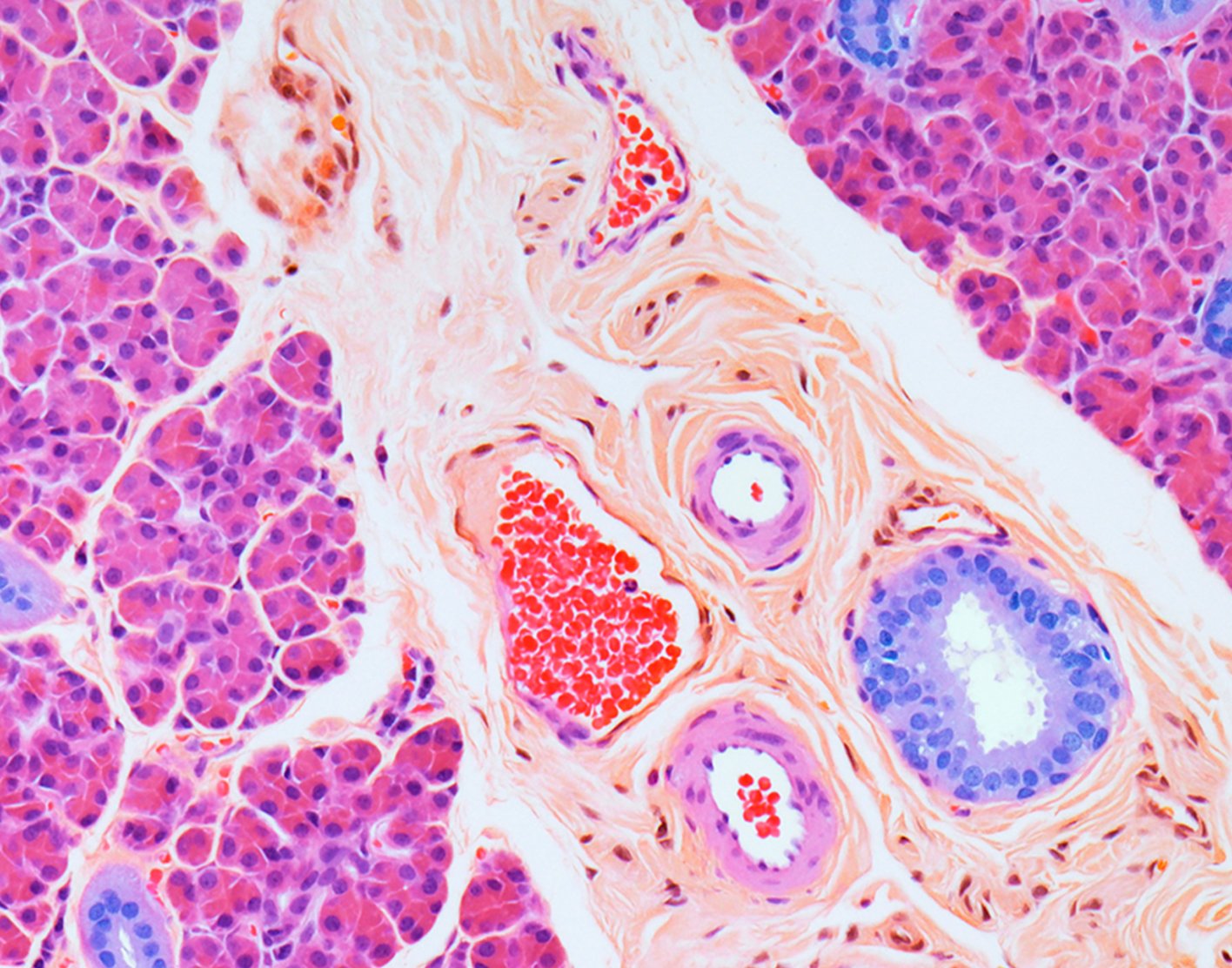
Sialogram
Definition
A sialogram is an
The salivary glands are located on each side of the head, in the cheeks just in front of the ears, and under the jaw. They release saliva into the mouth.
Alternative Names
Ptyalography; Sialography
How the Test is Performed
The test is performed in a hospital radiology department or a radiology facility. The test is done by an x-ray technician. A radiologist interprets the results. You may be given a medicine to make you calm before the procedure.
You will be asked to lie on your back on the x-ray table. An x-ray is taken before the contrast material is injected to check for blockages that might prevent the contrast material from entering the ducts.
A catheter (a small flexible tube) is inserted through your mouth and into the duct of the salivary gland. A special dye (contrast medium) is then injected into the duct. This allows the duct to show up on the x-ray. X-rays will be taken from several positions. The sialogram may be performed along with a CT scan.
You may be given lemon juice to help you produce saliva. The x-rays are then repeated to examine the drainage of the saliva into the mouth.
How to Prepare for the Test
Tell the health care provider if you are:
- Pregnant
- Allergic to x-ray contrast material or any iodine substance
Allergic to any drugs
You must sign a consent form. You will need to rinse your mouth with germ-killing (antiseptic) solution before the procedure.
How the Test will Feel
You may feel some discomfort or pressure when the contrast material is injected into the ducts. The contrast material may taste unpleasant.
Why the Test is Performed
A sialogram may be done when your provider thinks you might have a disorder of the salivary ducts or glands.
What Abnormal Results Mean
Abnormal results may suggest:
- Narrowing of the salivary ducts
Salivary gland infection or inflammationSalivary duct stones Salivary duct tumor
Risks
There is low radiation exposure. X-rays are monitored and regulated to provide the minimum amount of radiation exposure needed to produce the image. Most experts feel that the risk is low compared with the potential benefits. Pregnant women should not undergo this test. Alternatives include tests like an MRI scan that do not involve x-rays.
References
Miloro M, Kolokythas A. Diagnosis and management of salivary gland disorders. In: Hupp JR, Ellis E, Tucker MR, eds. Contemporary Oral and Maxillofacial Surgery. 7th ed. Philadelphia, PA: Elsevier; 2019:chap 21.
Orlowski HLP, Miller-Thomas M. Diagnostic imaging and fine-needle aspiration of the salivary glands. In: Flint PW, Francis HW, Haughey BH, et al, eds. Cummings Otolaryngology: Head and Neck Surgery. 7th ed. Philadelphia, PA: Elsevier; 2021:chap 82.
Review Date: 01/03/2023
The information provided herein should not be used during any medical emergency or for the diagnosis or treatment of any medical condition. A licensed physician should be consulted for diagnosis and treatment of any and all medical conditions. Call 911 for all medical emergencies. Links to other sites are provided for information only -- they do not constitute endorsements of those other sites. Copyright ©2019 A.D.A.M., Inc., as modified by University of California San Francisco. Any duplication or distribution of the information contained herein is strictly prohibited.
Information developed by A.D.A.M., Inc. regarding tests and test results may not directly correspond with information provided by UCSF Health. Please discuss with your doctor any questions or concerns you may have.



























